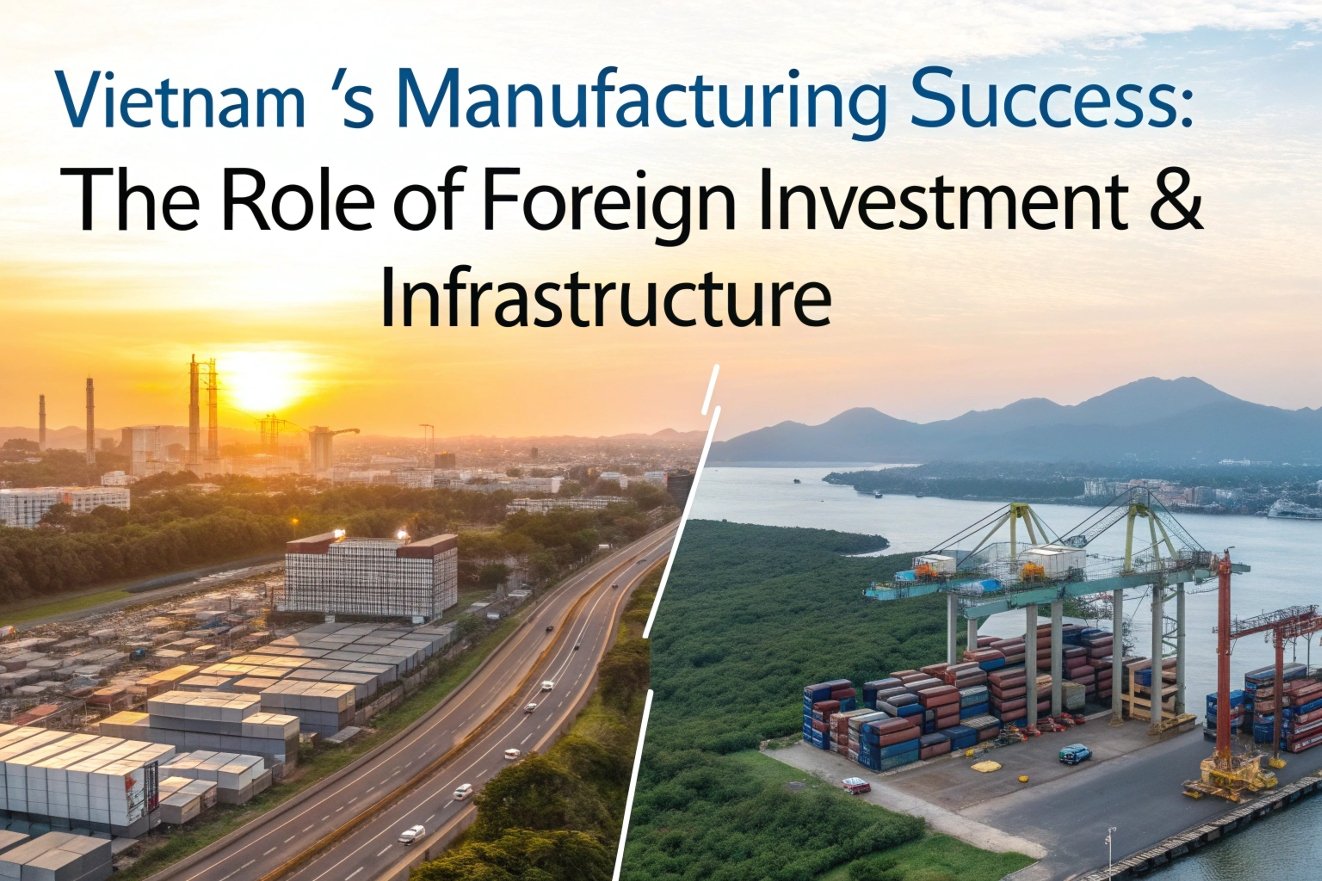
I’ve been closely watching Vietnam’s rapid economic growth, and one thing stands out—the country’s manufacturing sector is heavily driven by foreign investment. Vietnam has become a key player in global supply chains, but its success depends on continued investment and infrastructure development.
Vietnam’s manufacturing sector significantly contributes to GDP and relies heavily on foreign direct investment (FDI). However, infrastructure improvements are necessary to sustain long-term growth and global competitiveness.
To understand this dependence, let’s explore Vietnam’s manufacturing industry size, foreign investment trends, and economic structure.
How much of Vietnam’s GDP is the manufacturing industry?
Vietnam’s manufacturing sector is a major driver of economic growth. It contributes a substantial share of GDP and plays a crucial role in exports and employment.
Manufacturing accounts for approximately 25% of Vietnam’s GDP, making it one of the most important sectors in the economy. The country’s industrial zones and export-driven policies support this growth.
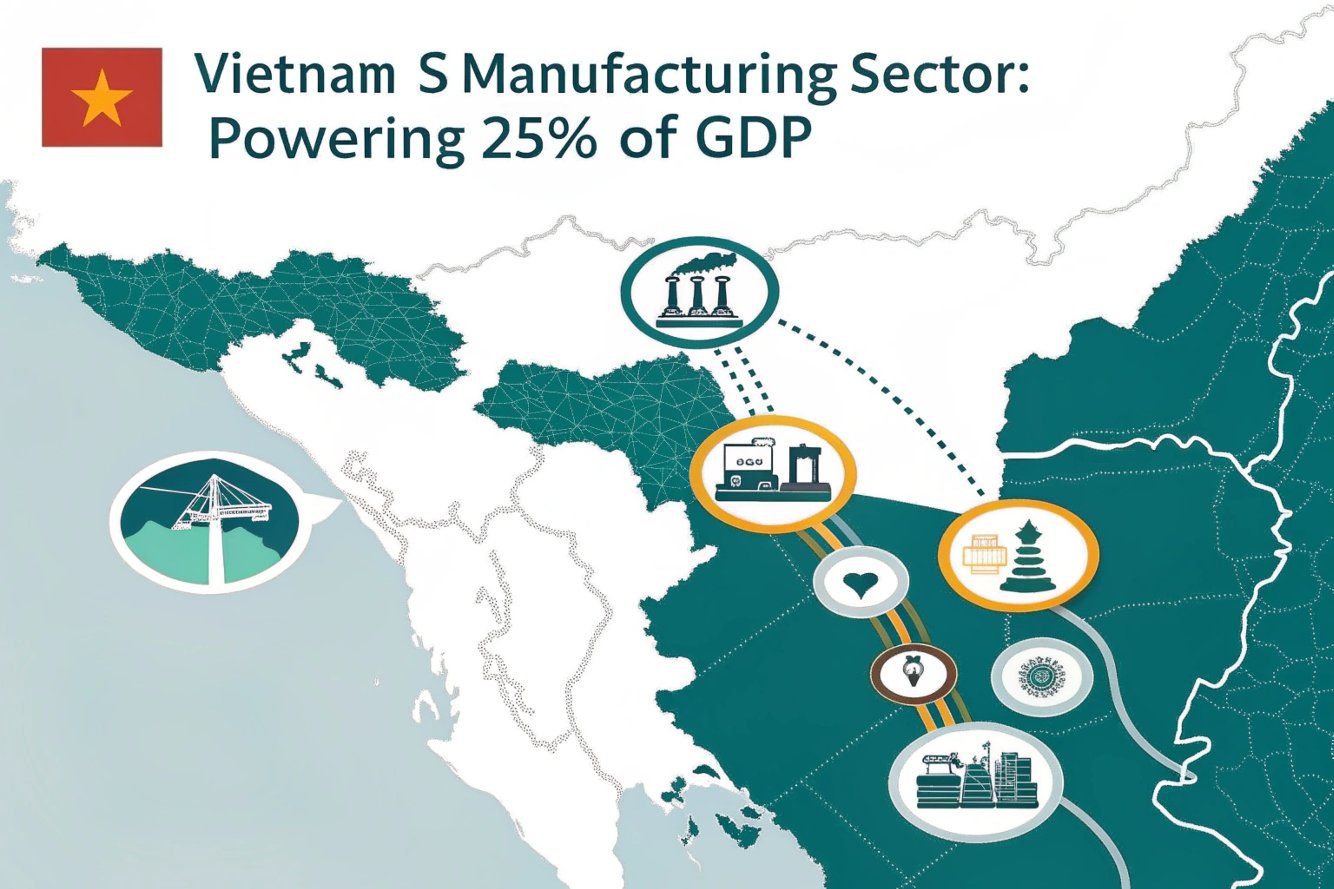
Contribution of Manufacturing to Vietnam’s Economy
| Sector | Percentage of GDP (2023) |
|---|---|
| Manufacturing | ~25% |
| Agriculture | ~12% |
| Services | ~42% |
| Construction | ~6% |
Why Manufacturing Matters
- Export Growth – Vietnam is a leading exporter of electronics, textiles, and machinery.
- Job Creation – Millions of workers are employed in factories and industrial zones.
- Investment Attraction – Many global corporations have set up manufacturing hubs in Vietnam.
The manufacturing sector is expected to grow further, but challenges such as supply chain constraints and energy demands must be addressed.
What is the foreign investment of Vietnam?
Foreign investment is a key pillar of Vietnam’s economic success. The country attracts billions of dollars in FDI each year, particularly in manufacturing and technology.
Vietnam received over $30 billion in foreign direct investment (FDI) in 2023, with major contributions from South Korea, Japan, and the United States. Manufacturing accounts for the largest share of FDI.
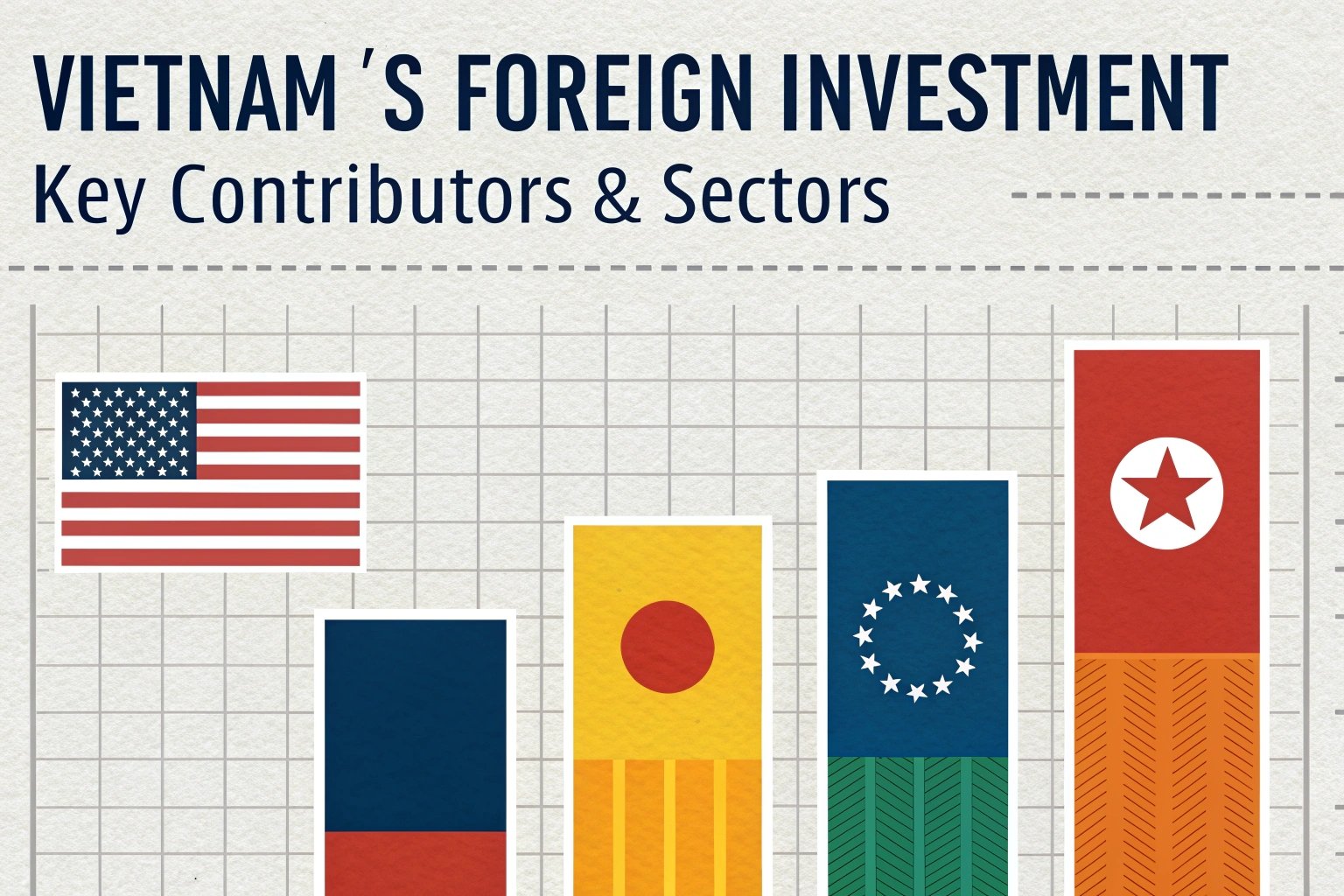
Top Foreign Investors in Vietnam
| Country | FDI Contribution (2023) | Major Investment Areas |
|---|---|---|
| South Korea | ~$9B | Electronics, automobiles |
| Japan | ~$5B | Infrastructure, machinery |
| USA | ~$4B | Semiconductors, software |
| China | ~$3.5B | Textiles, consumer goods |
Why Foreign Investors Choose Vietnam
- Competitive Labor Costs – Vietnam offers lower wages than China while maintaining productivity.
- Trade Agreements – The country is part of multiple free trade deals, including CPTPP and RCEP.
- Political Stability – Investors see Vietnam as a stable alternative to other emerging markets.
However, continued FDI depends on improving infrastructure and regulatory transparency.
What does the economy of Vietnam depend on?
Vietnam’s economy is diverse, but three main sectors drive its growth—manufacturing, services, and agriculture.
Vietnam’s economy depends on manufacturing exports, foreign investment, and a strong services sector. The country also benefits from tourism and remittances from overseas workers.
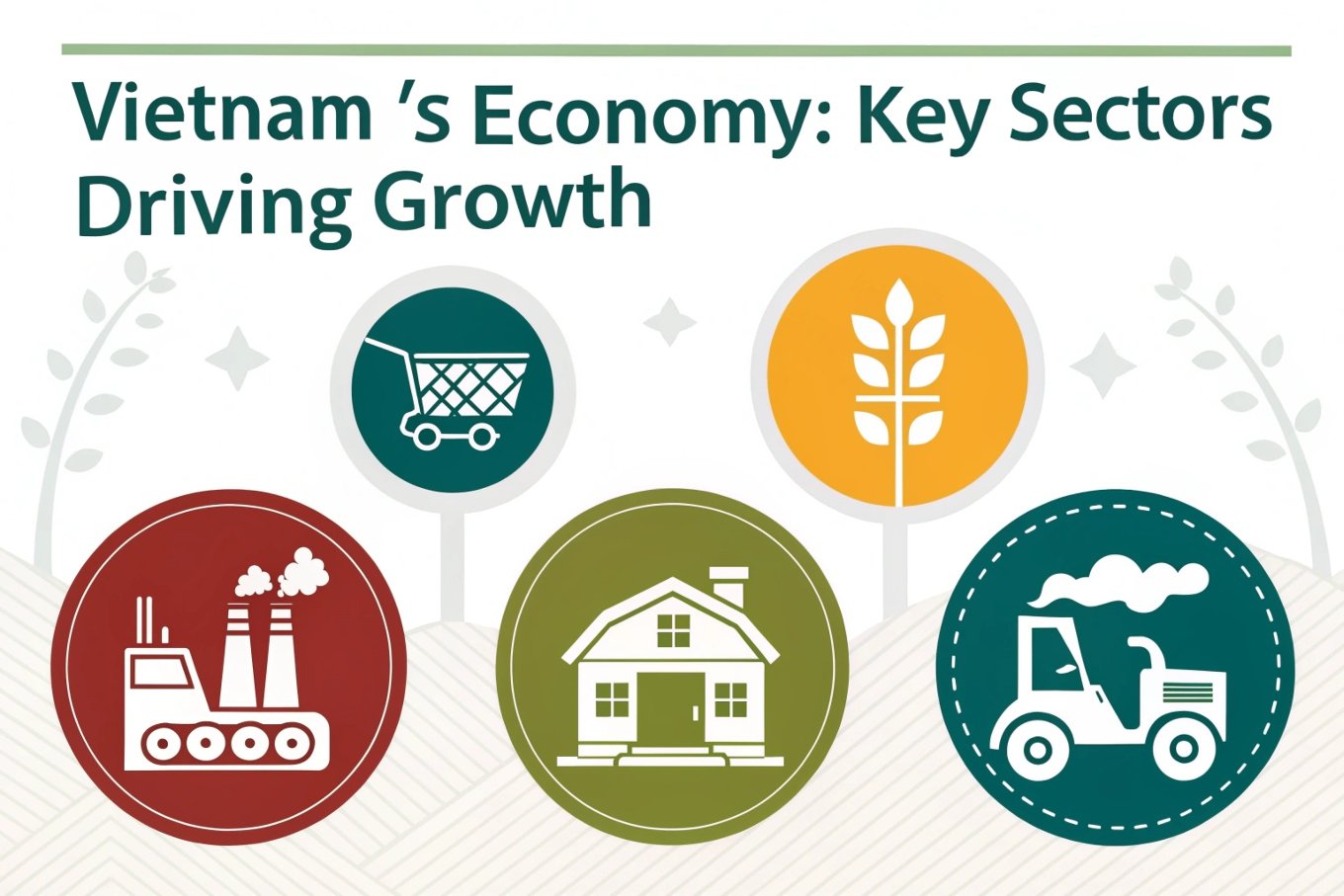
Breakdown of Vietnam’s Economic Dependence
| Economic Factor | Contribution to Growth |
|---|---|
| Manufacturing Exports | Electronics, textiles, and machinery |
| Foreign Investment | FDI in industrial zones and tech sectors |
| Services Sector | Banking, retail, and tourism |
| Agriculture | Rice, coffee, and seafood exports |
| Remittances | Money sent by Vietnamese abroad |
Challenges in Economic Dependence
- Over-reliance on foreign investors – Many factories are foreign-owned, limiting local enterprise development.
- Global market sensitivity – Trade policies and geopolitical risks affect exports.
- Infrastructure gaps – Ports, roads, and energy supply need further investment.
While Vietnam’s economy is growing steadily, reducing dependency on foreign capital and improving domestic capabilities will be key to long-term stability.
What is Vietnam’s current economic status?
Vietnam’s economy is expanding rapidly, but it faces both opportunities and challenges. Economic growth remains strong, but inflation, infrastructure, and labor shortages pose risks.
Vietnam’s economy grew by approximately 6.5% in 2023, supported by strong exports and foreign investments. However, inflation and supply chain issues remain concerns.
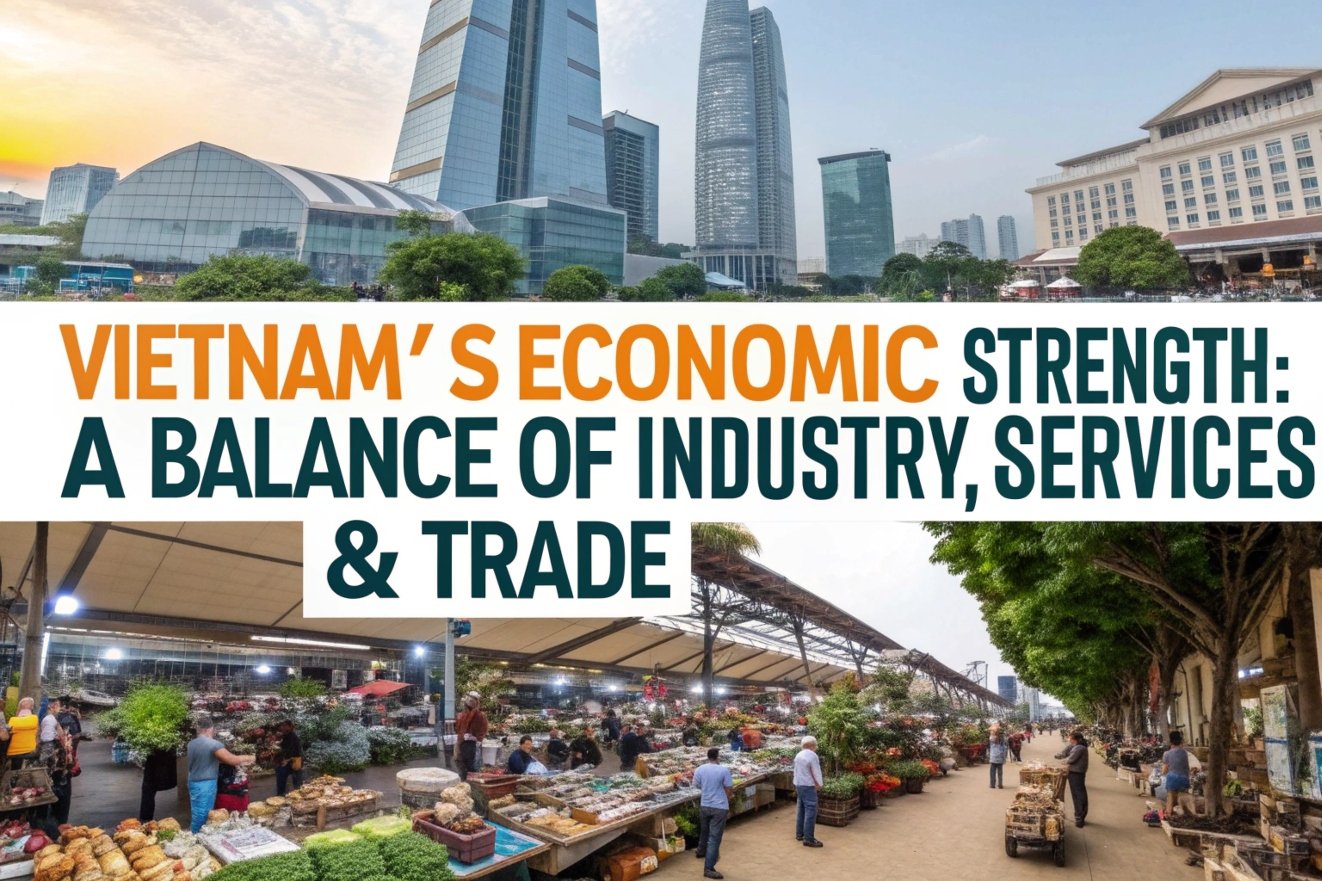
Key Economic Indicators
| Indicator | 2023 Value |
|---|---|
| GDP Growth | ~6.5% |
| Inflation Rate | ~3.2% |
| Unemployment | ~2.5% |
| Foreign Exchange Reserves | $110B |
Current Economic Strengths
- Rapid Growth – Vietnam is among the fastest-growing economies in Asia.
- Strong Export Performance – Electronics and garments lead global trade.
- Favorable Business Environment – The government supports foreign investment.
Challenges and Risks
- Infrastructure Delays – Logistics and transportation bottlenecks.
- Rising Wages – Labor costs are increasing, impacting competitiveness.
- Global Trade Uncertainty – Dependence on exports makes Vietnam vulnerable to external shocks.
To maintain long-term economic success, Vietnam must continue investing in infrastructure and innovation.
Conclusion
Vietnam’s manufacturing sector is heavily dependent on foreign investment, contributing significantly to GDP and exports. While the country has experienced rapid economic growth, infrastructure challenges and reliance on FDI present risks. Strengthening domestic industries and improving supply chain capabilities will be crucial for Vietnam’s future economic stability.

